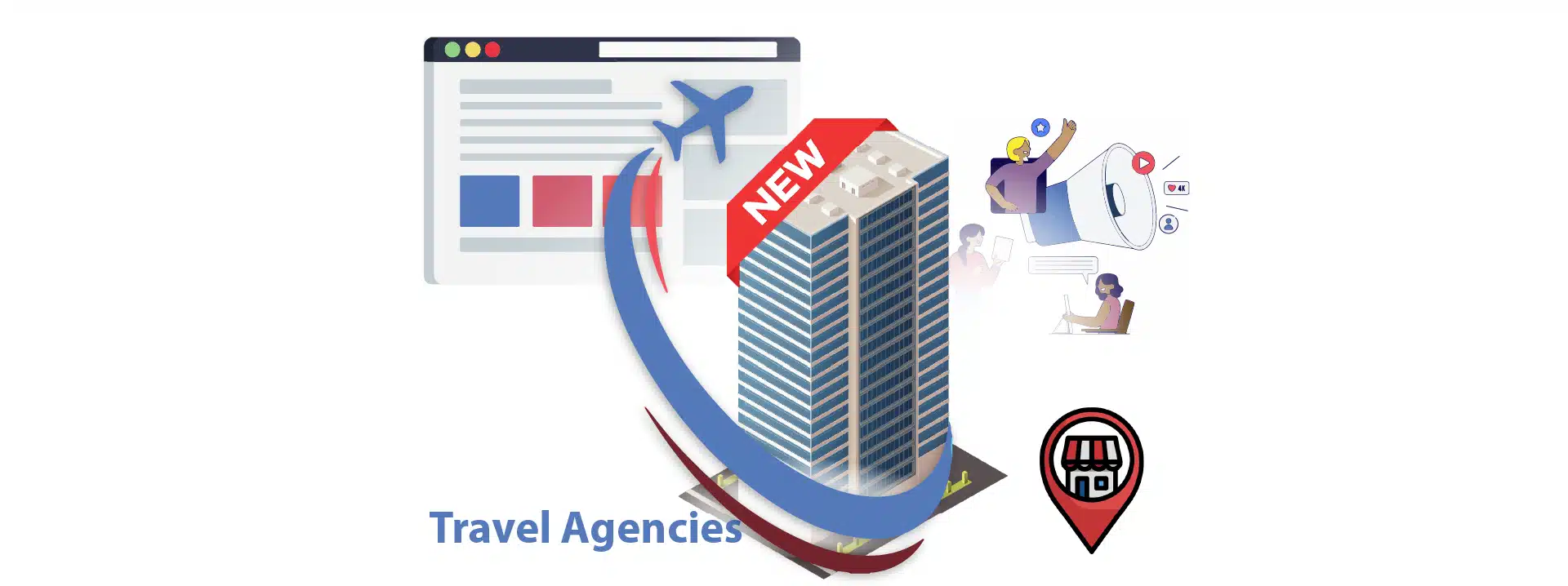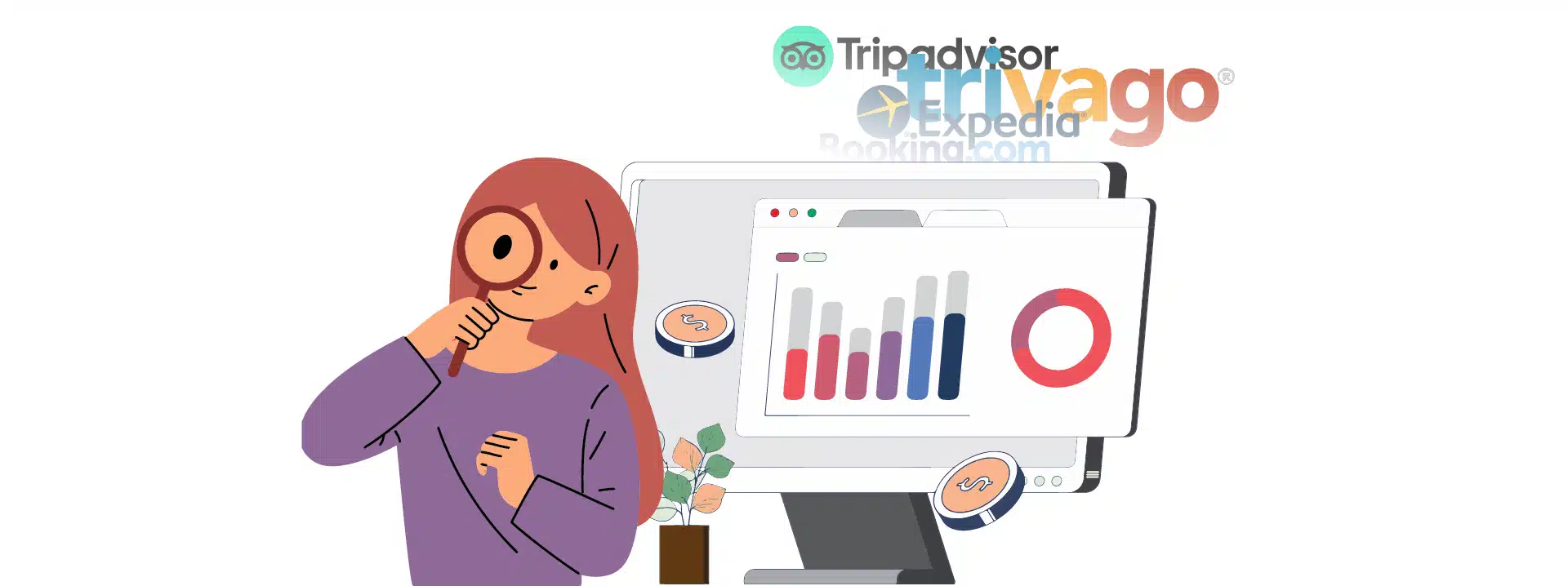As in life, the success of most businesses relies on how one manages missed opportunities.
In the hospitality world, thanks to advancements in technology and the abundance of Big Data possibilities, there is no excuse for a hotel not to re-approach prospective clients who have shown a direct or indirect interest in their property.
Retargeting and remarketing are concepts that include contacting possible customers via different mediums and enticing them to book with you.
Although both terms are interchangeable, retargeting relates to capturing new customers. At the same time, remarketing includes guests who have previously visited or shown interest in your hotel.
The primary aim of retargeting is to capture the attention of prospective guests after they have left your website without making a reservation.
But before we delve deeper into retargeting techniques, let us first understand at what stage guests often leave a booking half-finished.
Understanding your retargeting customer
Typically, travelers are in one of three booking stages when searching for hotels online. Some are at the start of the planning stage, simply looking at all available options. These customers are not ready to make a booking at that specific time.
Others might already have their plane tickets booked and are now actively finding the best property that serves their needs.
Lastly, there are customers who have made their decision but are doing final checks and comparisons before making the booking.
Retargeting aims at all of the above.
How does remarketing work?
There are two main conducts through which a hotel can gather essential information about their customer for retargeting.
The more straightforward way is when the guest shares their contact information in the beginning, including email, but then somewhere along the booking process, stops.
The other is through a code, in the form of a cookie, placed on the visiting guest’s browser that provides you with important information like which pages they visited, dates they wish to stay, and rooms they searched.
You can then tailor your remarketing strategy accordingly.
Why is Retargeting important for a hotel
As with all digital marketing strategies, the end result of remarketing is to help increase direct bookings and, consequently, overall revenue.
As to why retargeting is important for a hotel, here are some fundamental reasons;
- Travelers nowadays search multiple sites, comparing rooms, prices, and facilities. Remarketing allows you to stay visible to them long after they have left your website.
- Implementing hotel retargeting permits your marketing and sales team to pinpoint factors that might have led to the customer abandoning the booking process. Whether it is the unavailability of possible rooms or price, you can then approach them with a solution.
- Hotel retargeting is also an excellent method to keep communication with past and new customers ongoing. Again, they are more likely to book with you if you are constantly in their mind.
Retargeting techniques for hotels
Retargeting or remarketing is possible using various techniques. Each has its advantage and captures a diverse audience.
A vital aspect of the retargeting plan for your property is to work with a leading customer-centric hotel marketing agency, such as Adigital, and regularly analyze the results. Moreover, hiring an agency saves time and brings a wealth of professional experience from the hospitality business.
Furthermore, while executing as many of the following retargeting techniques for the hotels is advisable, remember that the result is always the same, increasing direct bookings and sales.
Email Retargeting
Email retargeting is an essential part of any hotel email marketing strategy. It involves contacting both prospective and previous customers via email and encouraging them to book with you.
One of the main advantages of email retargeting is that you can personalize it to impact the guests better.
For instance, suppose a customer was searching for family rooms and left the booking because they could not find one on the dates they wished to travel. You can then send an email offering them two double rooms at a price they would have paid for a family room.
However, email retargeting needs to be implemented relatively quickly, possibly within a few hours of the guest abandoning the booking. This is because you now know they are searching for a room, and you should reach them with an offer before they make a booking elsewhere.
Forms of email retargeting
When constructing your email retargeting message, ensure it has a straightforward appeal for the customer. Some ideas for a remarketing email are;
- Emails with promo codes.
- Persuasive emails highlighting your hotel’s special and unique features and services.
- Feedback messages that ask the customer why they did not complete the booking.
- Sense of urgency messages may include heavy discounts but only for a short period, encouraging the guests to book a stay as quickly as possible.
Furthermore, if you have time, implement hotel email retargeting that follows a step-by-step process. In it, you can approach the guest using two or three emails rather than just one. A typical setup would include the following;
- Send a reminder email asking guests to complete their booking.
- Provide more information about the hotel that might appeal to the guest and create a sense of urgency.
- Offer a discount.
Social Media Remarketing
Facebook and Instagram are two unique retargeting tools that can help you capture prospective clients. The foremost reason for this is that these social media platforms give you total control over the audience you want to reach.
For example, from everyone who has shown interest in your social media feeds, you can filter down to visitors in a specific area, ones looking to book a room for particular dates, and other profile attributes. As a result, you can weed out an audience with no interest in traveling at present and focus on clients who are seriously looking to book a stay.
Such super marketing requires expertise in the field. Still, it shows more favorable returns than any other form of retargeting.
Site Retargeting
Site retargeting is more of an indirect form of remarketing to customers who have shown interest in your hotel but have not made a reservation.
In it, the customers will continue to see advertisements of your property as they navigate elsewhere on the internet.
The good part about such advertising is that you can tailor the adverts individually. So, if a customer showed interest in family rooms, the advertisements could feature family activities at your hotel.
Google Ads Remarketing
Google Ads is another brilliant way to retarget customers. The fascinating aspect about the code supplied is that you can use it to even reach travelers who have not visited your website.
The code works in such a fashion that it shows your hotel’s online advertisements to people searching for similar accommodations around your property.
Points to remember when hotel retargeting
Hotel retargeting is a relatively highly impactful as well as cost-effective marketing technique that all hotels should use in some capacity.
However, keep the following points in mind when implementing hotel remarketing;
Make it personal – The more personalized is your retargeting approach, the more likely the guest is to complete the booking.
Frequency capping – Although reaching prospective clients is essential, you must keep it under control. Firstly, do not send too many emails or adverts to the point the customer feels pressured. Secondly, spread out your adverts, keeping in check your budget constraints.
Ultimately, even if hotel retargeting does not lead to a booking, it will give you quintessential information about what customers want. You can then use this data to make changes in the hotel, your marketing strategy, or how you approach hotel retargeting.



